Pocket >> Palm >> Perform
IoT Supported
With NFC Technology
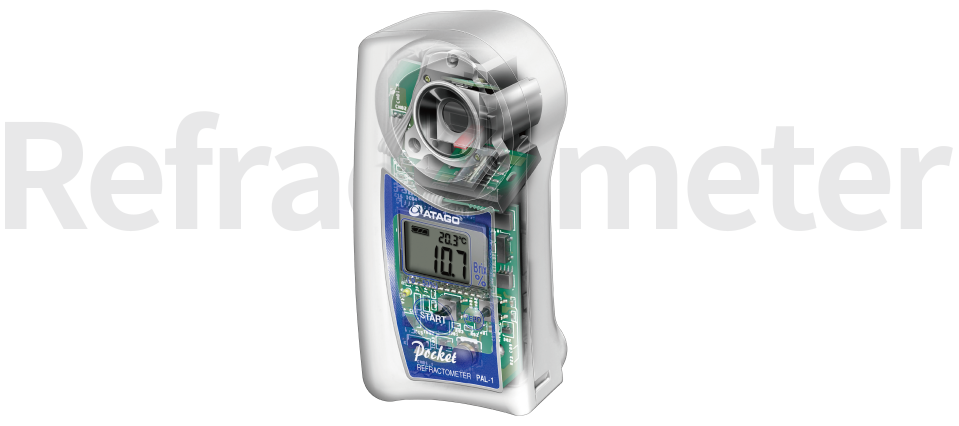
Pocket Refractometer
PAL™Series

Technical Specifications
| Model | PAL-42S | PAL-53S | |
|---|---|---|---|
| Cat No | 4442 | 4453 | |
| PAL-42S is suitable to measure the concentration of Cesium chloride water solution. | PAL-53S is suitable to measure the concentration of Copper sulfate water solution. | ||
| Scale | Cesium Chloride (g/100g) Temperature |
Copper Sulfate (Concentration)(g/100g) Temperature |
|
| Measurement Range | Cesium Chloride : 0.0 to 60.0% Temperature : 10.0 to 40.0゚C |
Copper Sulfate (Concentration) : 0.0 to 20.0% Temperature : 10.0 to 40.0゚C |
|
| Resolution | Cesium Chloride : 0.2% Temperature : 0.1゚C |
Copper Sulfate (Concentration) : 0.1% Temperature : 0.1゚C |
|
| Measurement Accuracy | Cesium chloride : ±0.4% Temperature : ±1゚C |
Copper Sulfate (Concentration) : ±0.2% Temperature : ±1゚C |
|
| Temperature compensation range | 10℃ to 40℃ | 10℃ to 40℃ | 10℃ to 40℃ |
| Ambient Temperature | 10℃ to 40℃ | 10℃ to 40℃ | 10℃ to 40℃ |
| Sample Volume | At least 0.3mL | At least 0.3mL | At least 0.3mL |
| Measurement Time | Approx. 3 seconds | Approx. 3 seconds | Approx. 3 seconds |
| Power Supply | Two (2) AAA alkaline batteries | Two (2) AAA alkaline batteries | Two (2) AAA alkaline batteries |
| Battery Life | Approx. 11,000 times measurement (when alkaline batteries are used) |
Approx. 11,000 times measurement (when alkaline batteries are used) |
Approx. 11,000 times measurement (when alkaline batteries are used) |
| International Protection Class | IP65 Dust-tight and Protected against water jets. | IP65 Dust-tight and Protected against water jets. | IP65 Dust-tight and Protected against water jets. |
| Dimensions & Weight | 55(W) x 31(D) x 109(H)mm, 100g (Main Unit only) | 55(W) x 31(D) x 109(H)mm, 100g (Main Unit only) | 55(W) x 31(D) x 109(H)mm, 100g (Main Unit only) |
|
Cesium chloride (CsCl) is an inorganic compound consisting of the elements cesium (Cs) and chlorine (Cl). It is a white crystalline solid that has various applications in research, industry, and medicine. Here are some key points about cesium chloride: Chemical Formula: CsCl Physical Properties:
Applications:
Safety Considerations:
Note: The use of cesium chloride in alternative cancer treatments is controversial and not supported by mainstream medical authorities. Before considering any medical applications of cesium chloride or related treatments, individuals should consult with qualified healthcare professionals and rely on evidence-based medical practices. It's crucial to handle cesium and its compounds with care, especially when working with radioactive isotopes. Proper safety protocols and precautions should be followed in laboratory and industrial settings to minimize risks associated with cesium compounds. |
Copper sulfate, also known as cupric sulfate or copper(II) sulfate, is an inorganic compound with the chemical formula CuSO₄. It exists in various forms, including the anhydrous (without water) and hydrated (with water) forms. The most common form encountered is the pentahydrate, CuSO₄·5H₂O, which is bright blue in color and often referred to as "blue vitriol" or "bluestone." Here are some key points about copper sulfate: Chemical Formula:
Physical Properties:
Common Forms:
Uses:
Toxicity:
Safety Precautions:
Copper sulfate has a range of applications, but it should be used with awareness of its potential toxicity and environmental impact. Proper precautions and guidelines should be followed when handling and disposing of copper sulfate to ensure safety and minimize environmental risks. |
PAL Commitment
A new ergonomic design for comfort and ease of use! In pursuit of an "easy to use" , "easy to operate" and ergonomic architecture of new instruments, ATAGO has achieved a "palm fitting" masterpiece as well as unit that is high in hygienic properties. By reducing the number of unnecessary assembly parts, we have reduced the risks of a germ reproductive environment. Through our efforts to produce a hygienic instrument to be used in any industry, these units are designed to be completely washable. The new PAL series has been approved by the HACCP, and are equipped with the new ELI feature, which ensures accurate measurements - even outdoors. Requests from our customers worldwide are reflected in the development of the new PAL units
ATAGO Releases NFC (Near Field Communication) Equipped Refractometers
In addition to the Bluetooth enabled refractometers, ATAGO ® released refractometers with near-field communication (NFC) technology for the ease of storing and sharing data with phones, tablets, laptops, and other NFC-equipped devices. Simply by tapping NFC-equipped devices, up to 100 measurement data with the date and time are transferred in a matter of seconds. The NFC solution is simpler and prevents typical human errors in data collection and data generation.
With ever evolving movement of profound change in how human interact with machine automation, this upgrade seizes one’s time to write down measurements with a pen or paper.
How to Use NFC Feature on PAL:
Quick and easy three steps
- For cellphones, download NFC reader app or turn on the NFC feature. For computers, connect the NFC reader.
- Place NFC reader to the PAL device.
- Download data
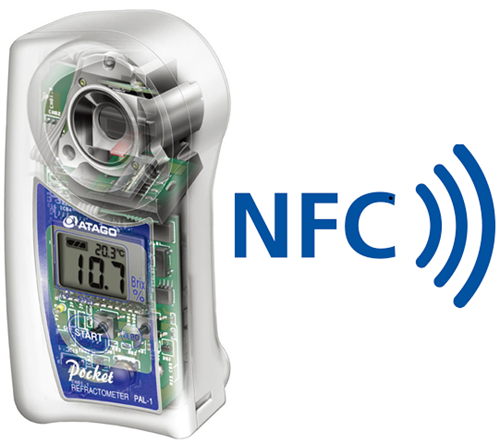 |
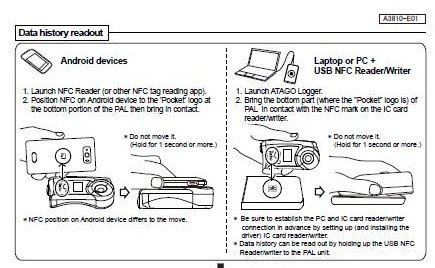 |
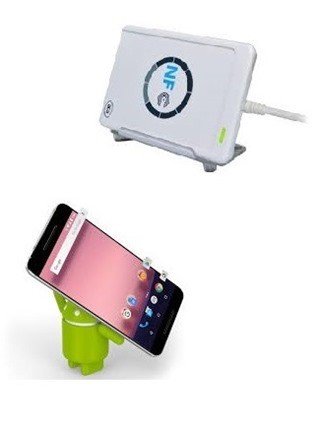 |
Measurement Methods In 3 Easy Steps
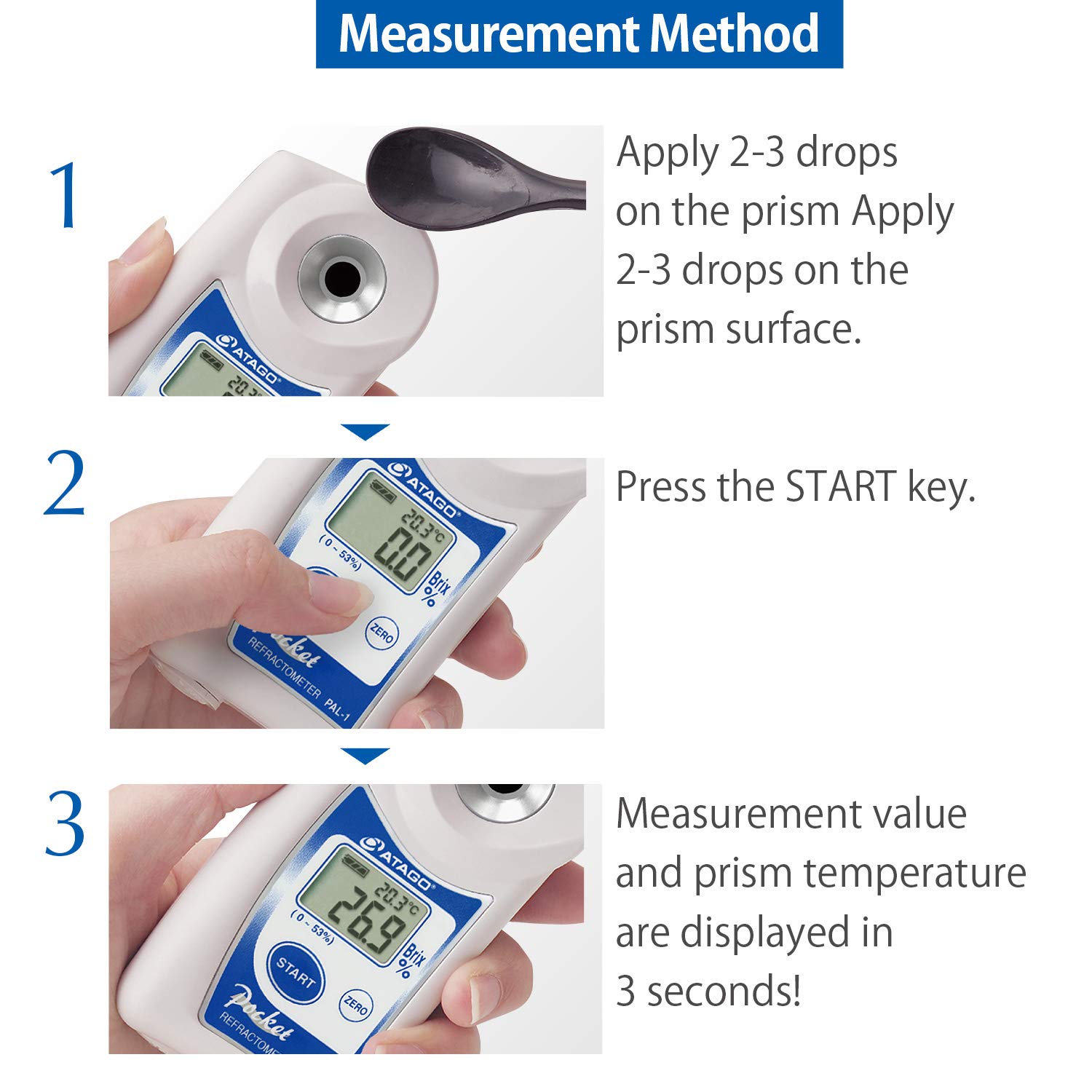
Other Features
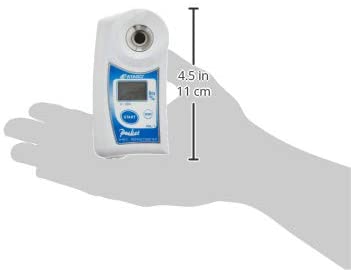 |
Light & Compact, 100g. Ergonomically designed for one-handed operation. The innovative design makes it easy to pour out and remove a sample, but difficult to spill the sample | 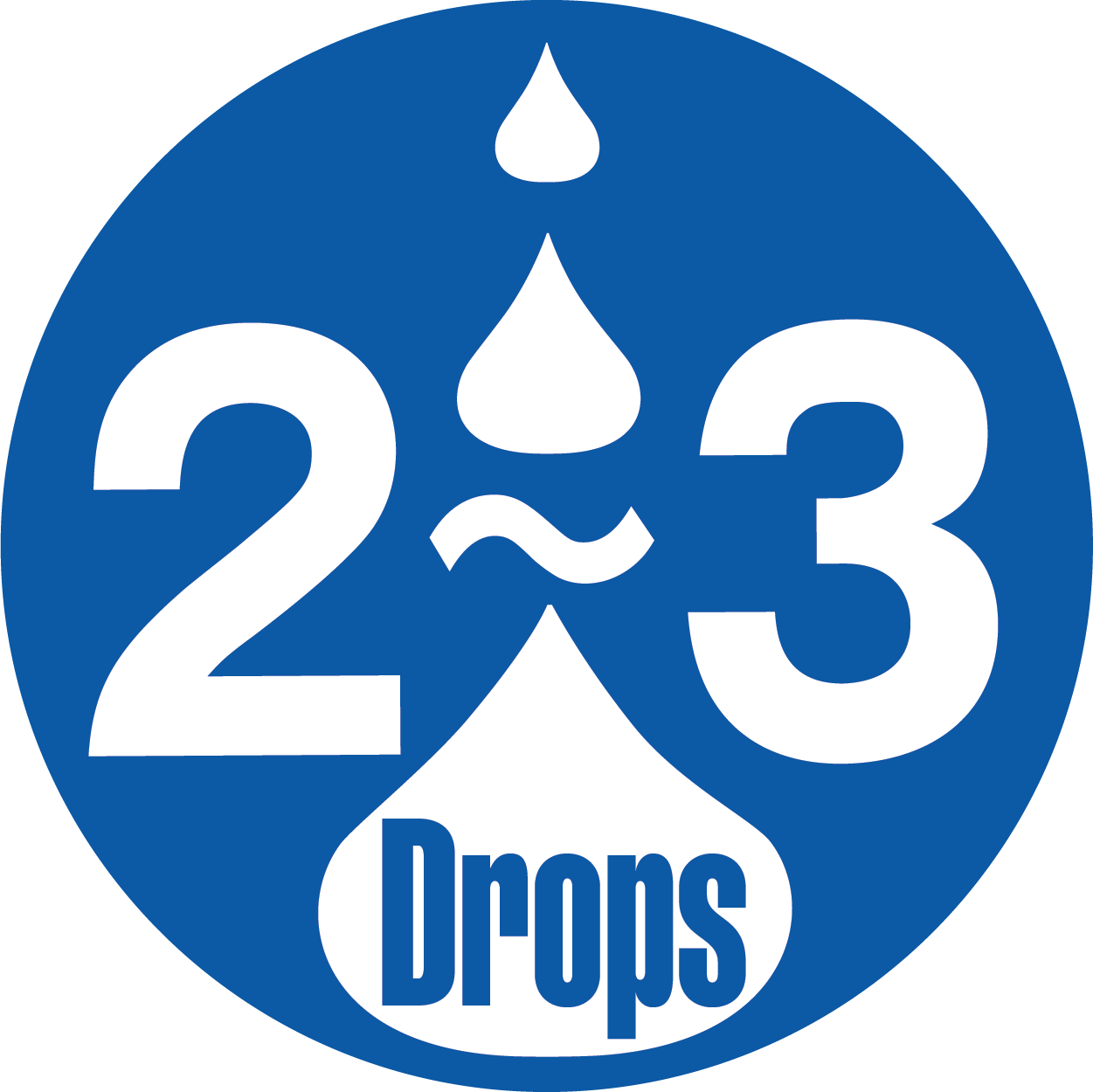 |
Sample size 2-3 drops. |
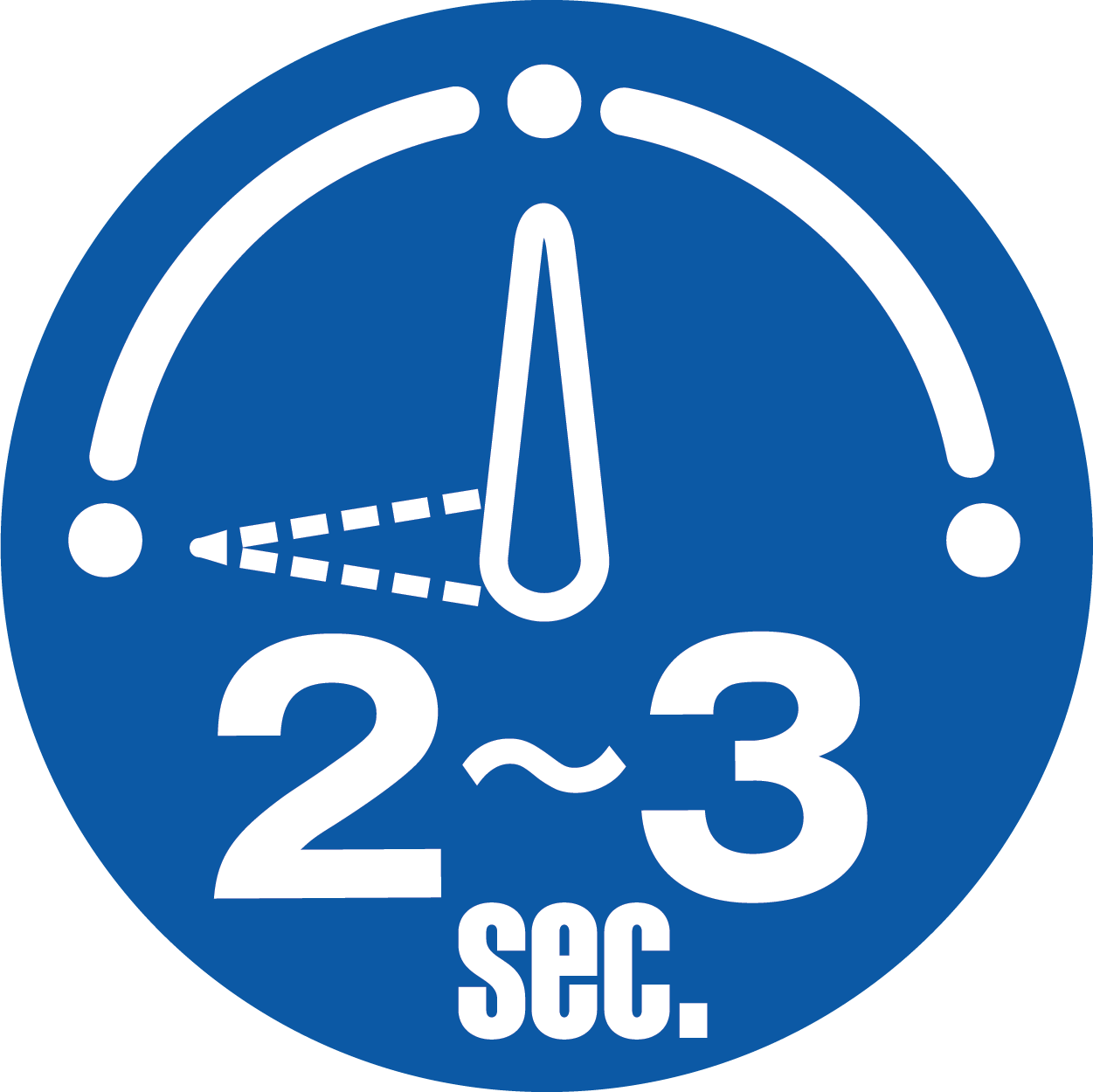 |
The speedy performance of the PAL is amazing. Simply put a drop of a sample on the prism surface and press the START key. The Brix value ( sugar content/concentration) will be displayed in just 3 seconds. | 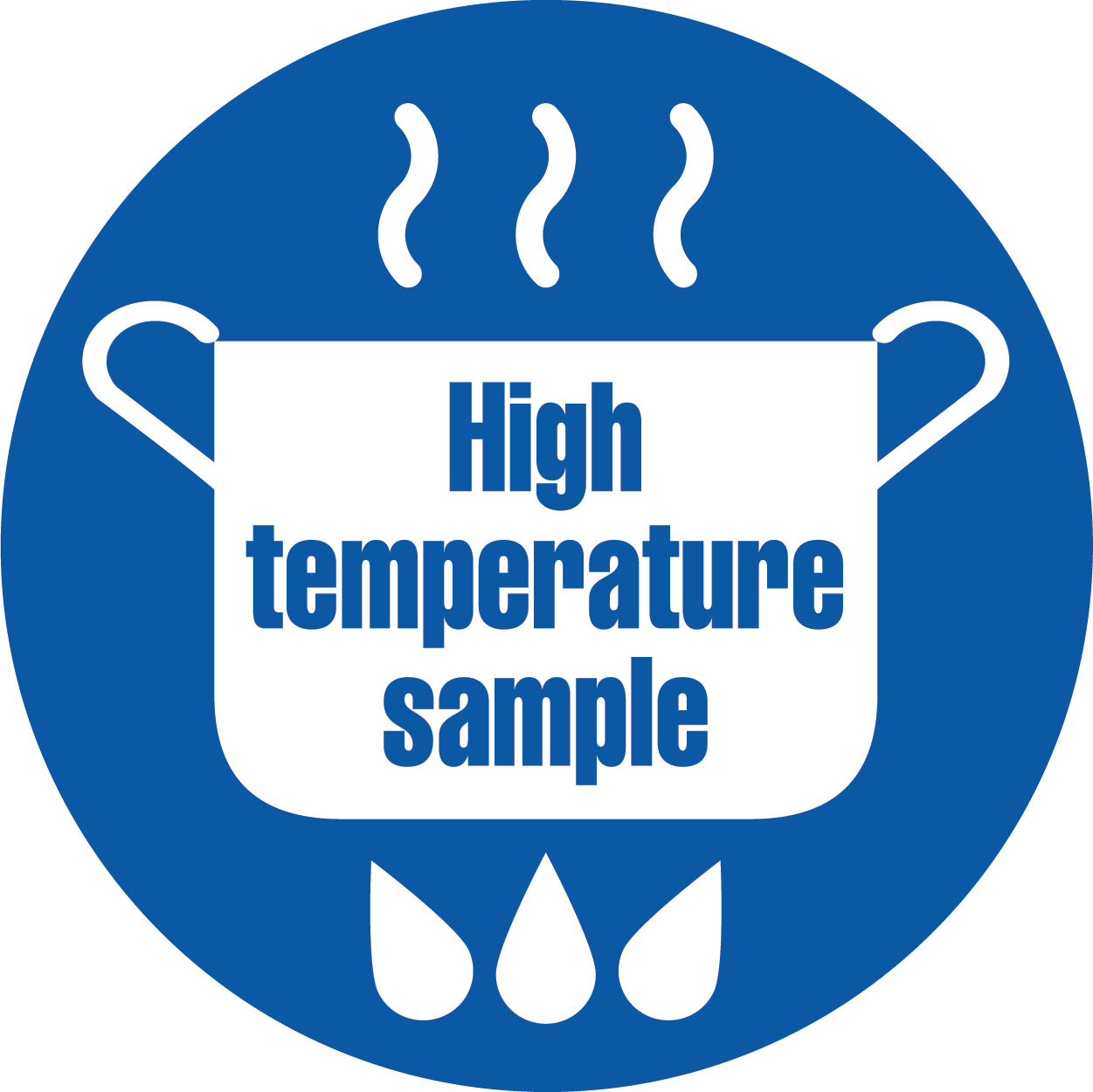 |
High-temperature samples can be measured. |
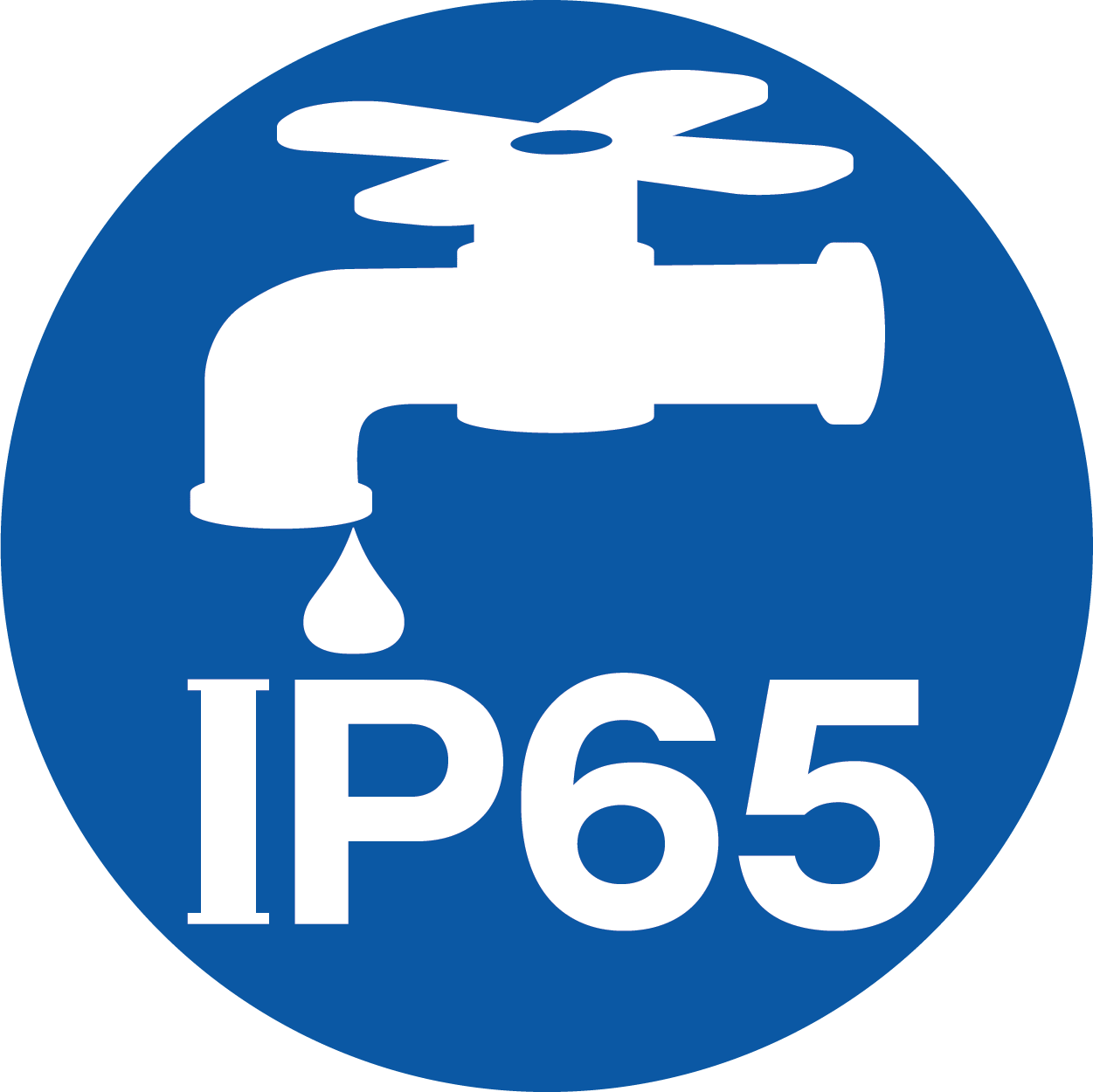 |
The protection class of the PAL is IP65. You can rinse off the sample by running water on the sample stage. The design allows the user to easily wipe off the sample. Will float if accidentally dropped in water |  |
Revolutionary new External Light interference (ELI) feature Patented When intense light penetrates the prism of a digital refractometer, the light waves interfere with the sensor, which may lead to inaccurate measurements. To ensure accurate measurement results, the PAL is programmed with the ELI function which displays the [nnn] warning message when intense direct light is detected. Forming a habit of shading the sample stage with your hand and re-pressing the START key (when the warning message from the ELI function is displayed) will ensure accurate measurement results each time |
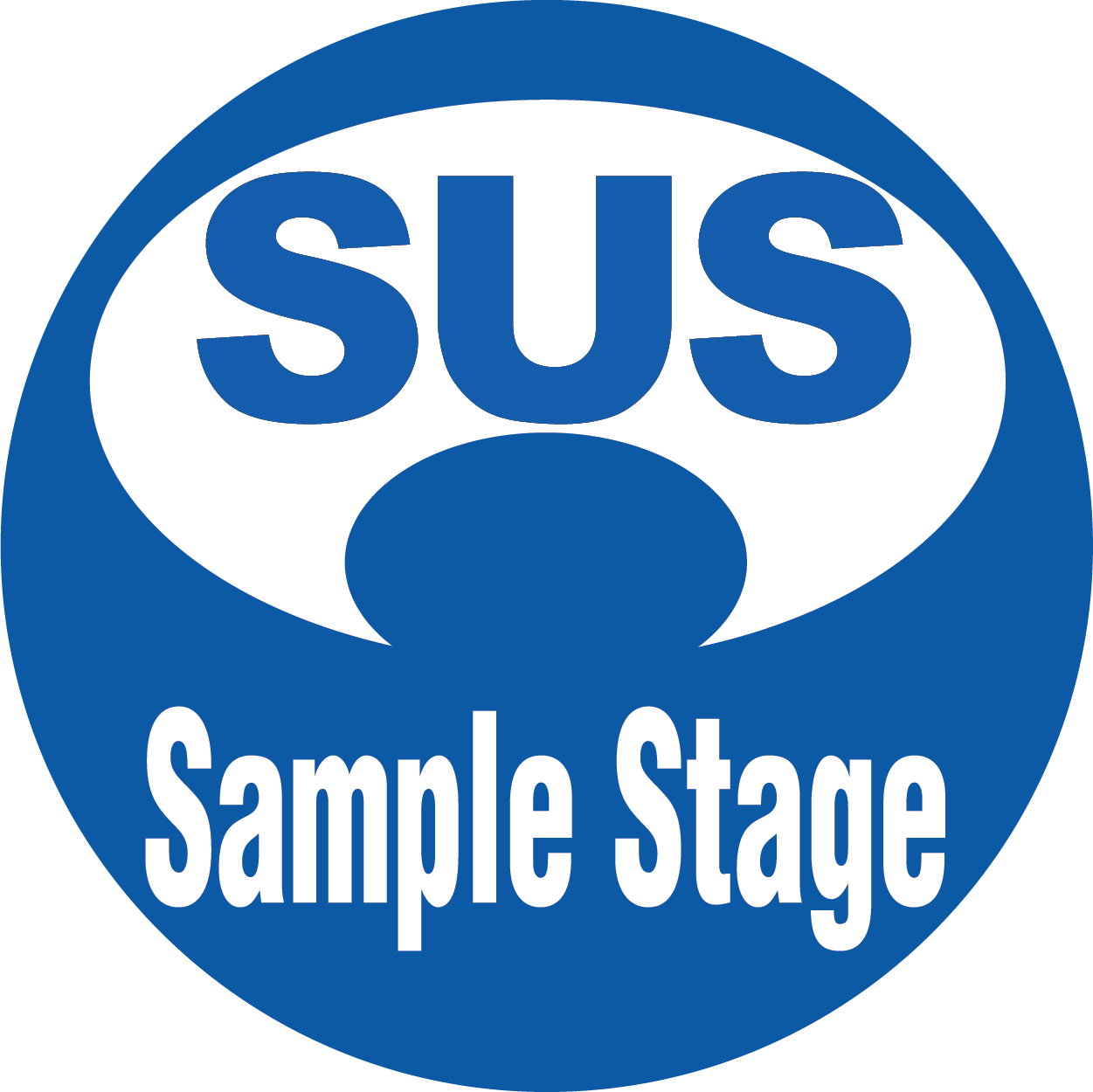 |
The sample stage is designed to keep sample solutions from spilling out. | 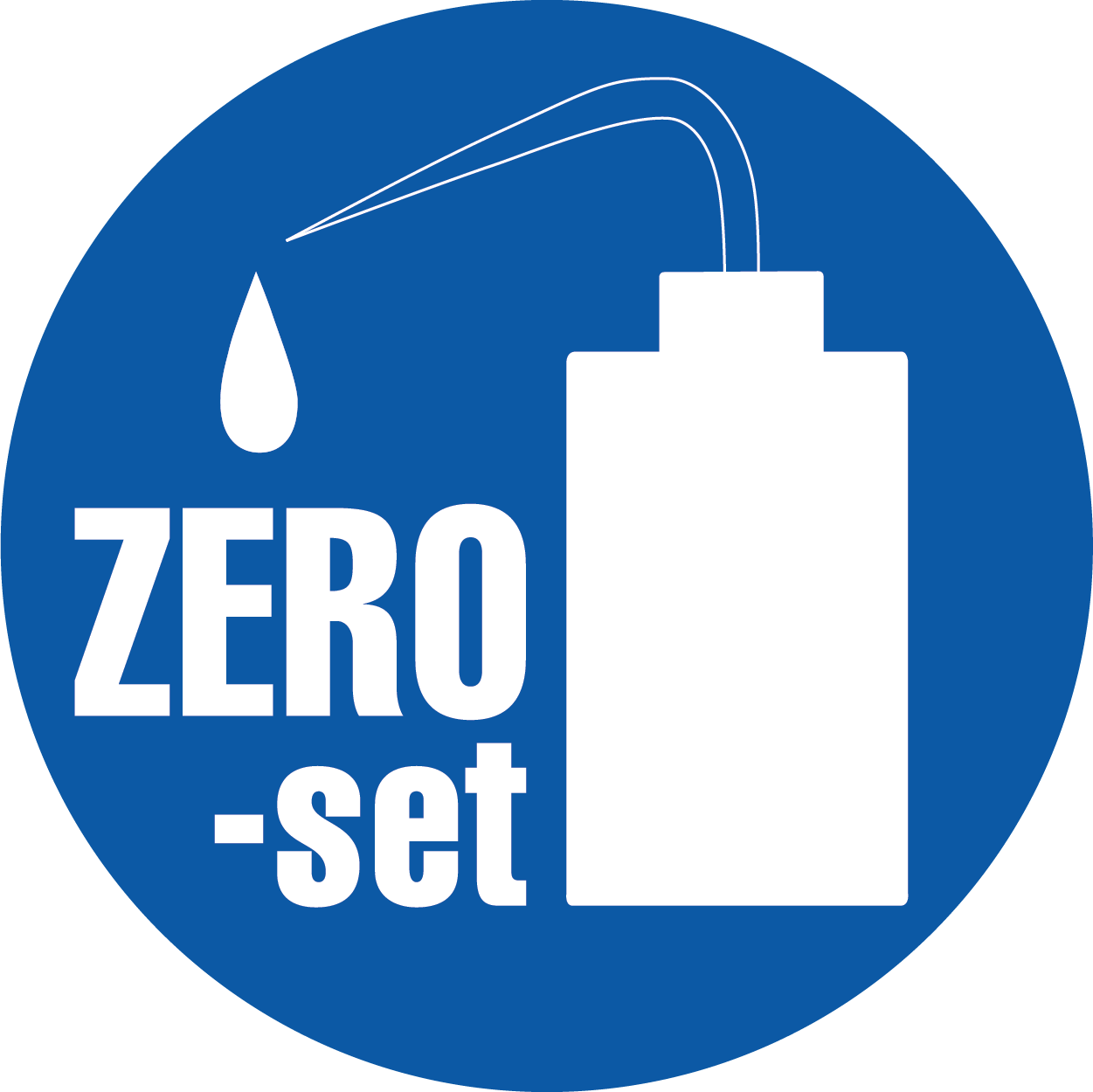 |
Calibration with water only. |
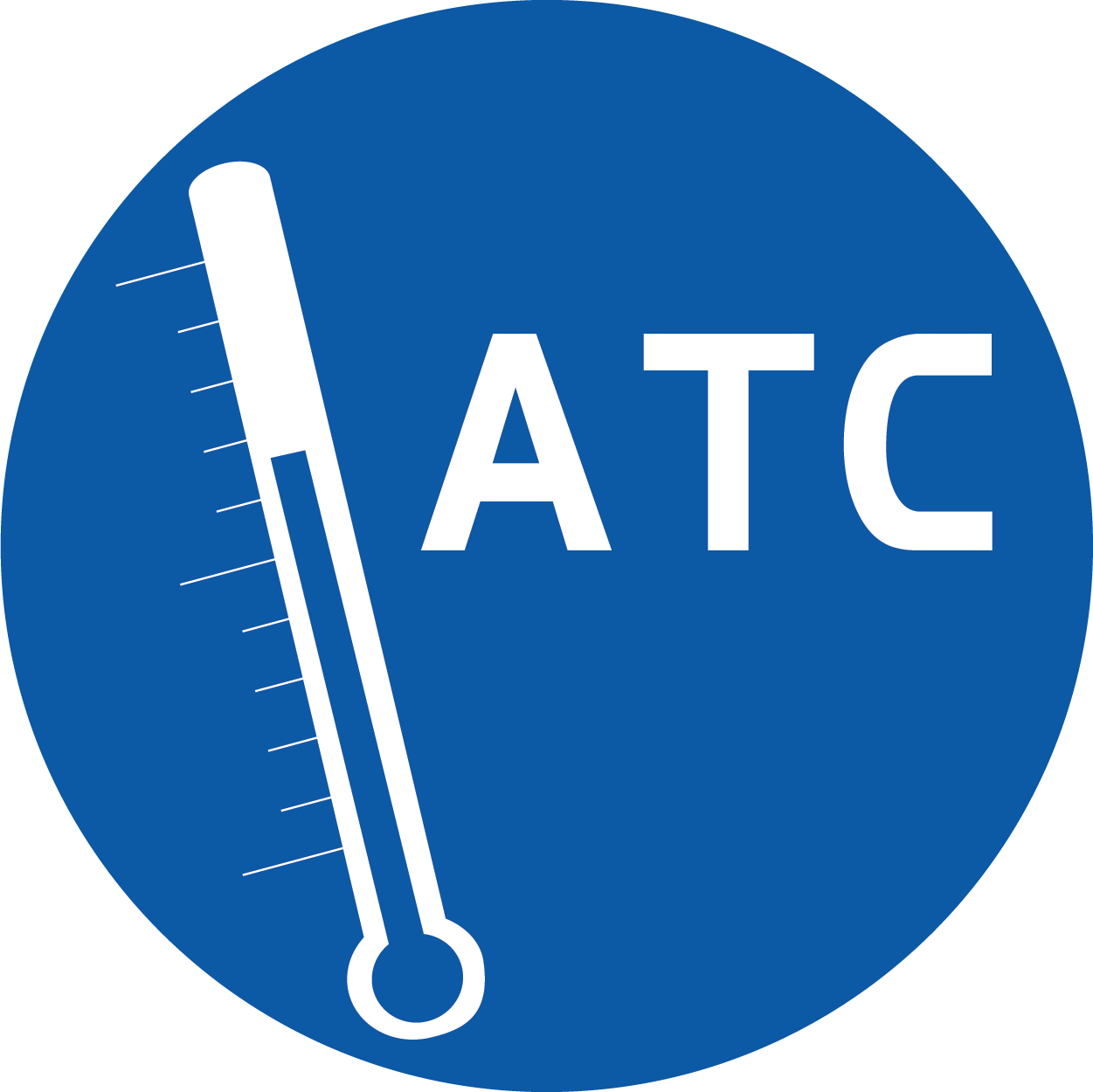 |
The Automatic Temperature Compensation function of the PAL enables you to take measurement readings regardless of the ambient temperature. | 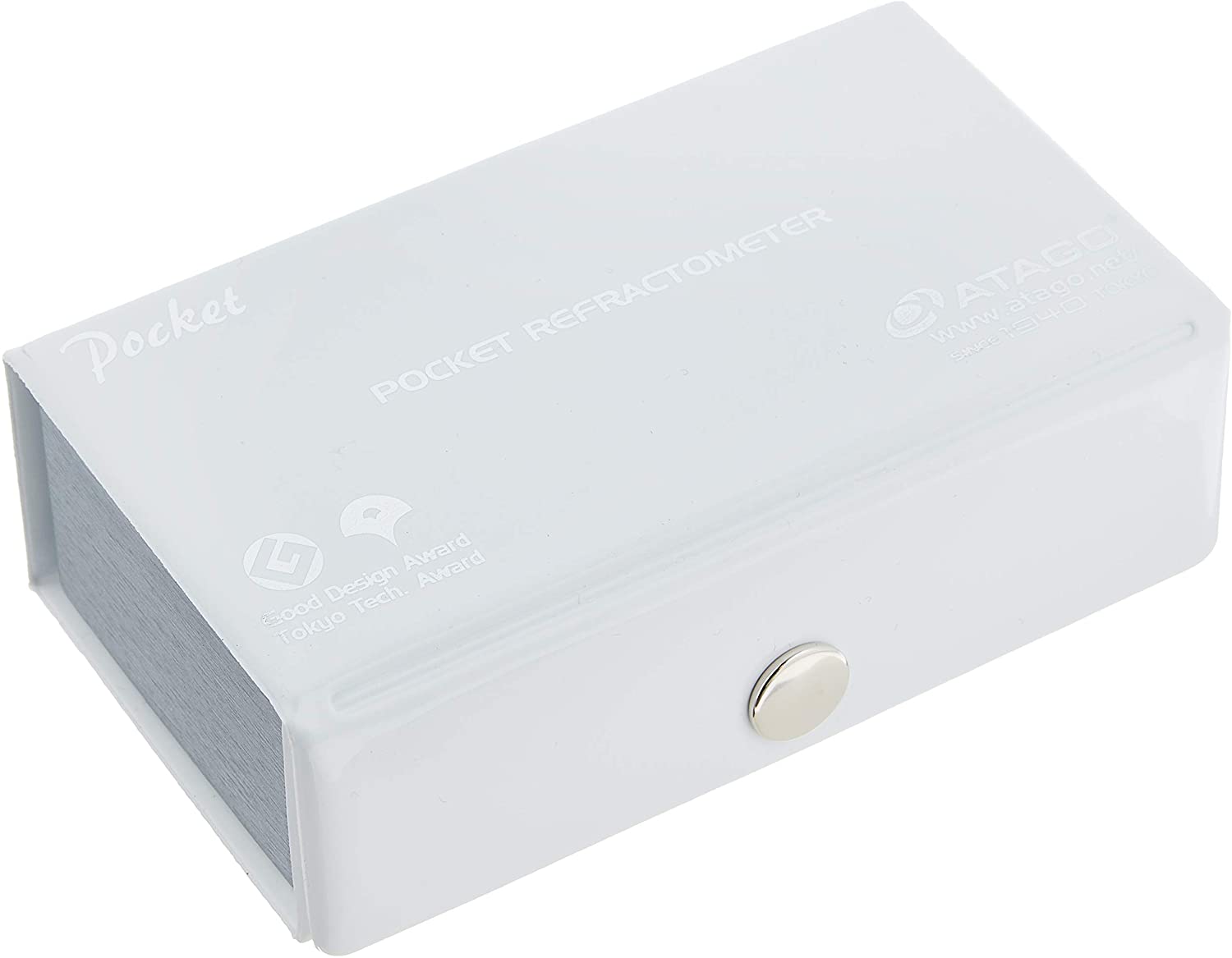 |
Convenient Storage case. |
 |
New Digital Hand-Held "Pocket" Meter for PAL-Series Equipped with NFC Data Transmission Function Data history can be accessed by bringing PAL-NFC to any Android devices or PC-linked USB NFC Reader. *The Certification Mark is a trademark or registered trademark of NFC Forum, Inc. in the United States and in other countries. |
  |
Mode S™ - improves the repeatability of samples that cause inconsistent readings. |
-
ManufacturerAtago Co Ltd
-
Country of OriginJapan
-
Measurement RangeCesium Chloride : 0.0 to 60.0% Temperature : 10.0 to 40.0゚C, Copper Sulfate (Concentration) : 0.0 to 20.0% Temperature : 10.0 to 40.0゚C
-
AccuracyCesium Chloride : ±0.4% Temperature : ±1゚C, Copper Sulfate (Concentration) : 0.1% Temperature : 0.1゚C
-
ModelPAL-42S, PAL-53S, PAL-54S, PAL-10S, PAL-MOSM, PAL-11S













